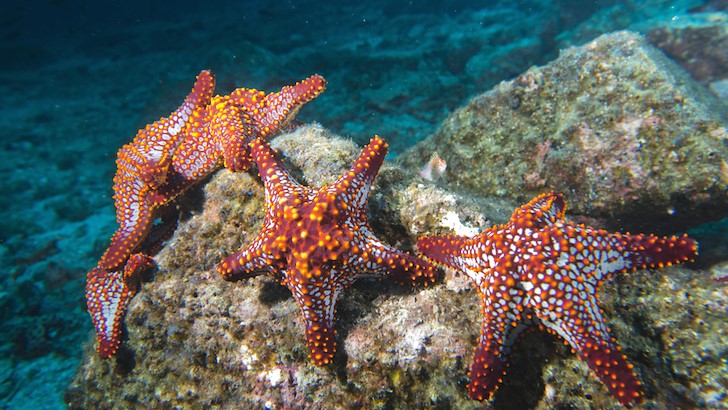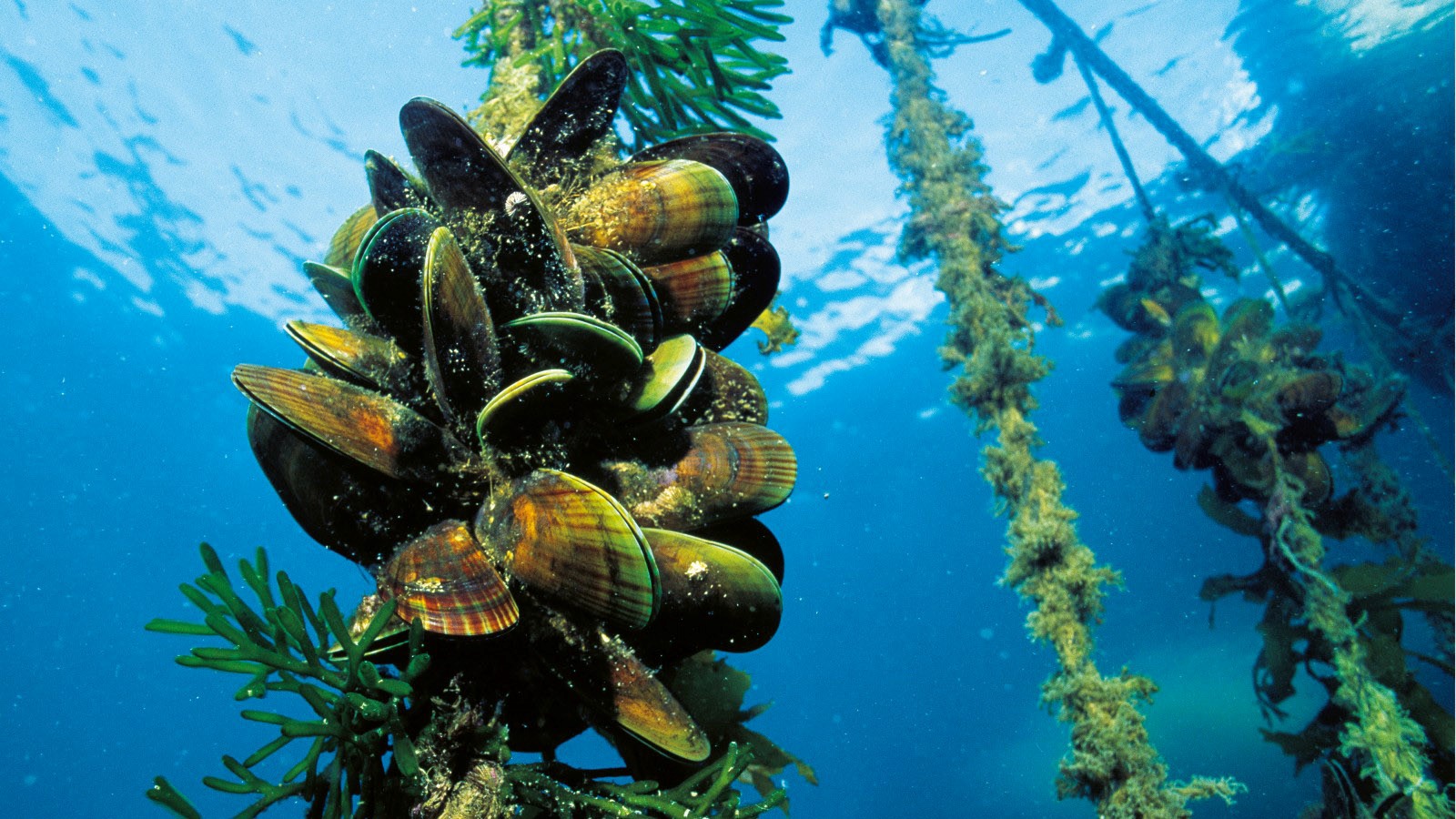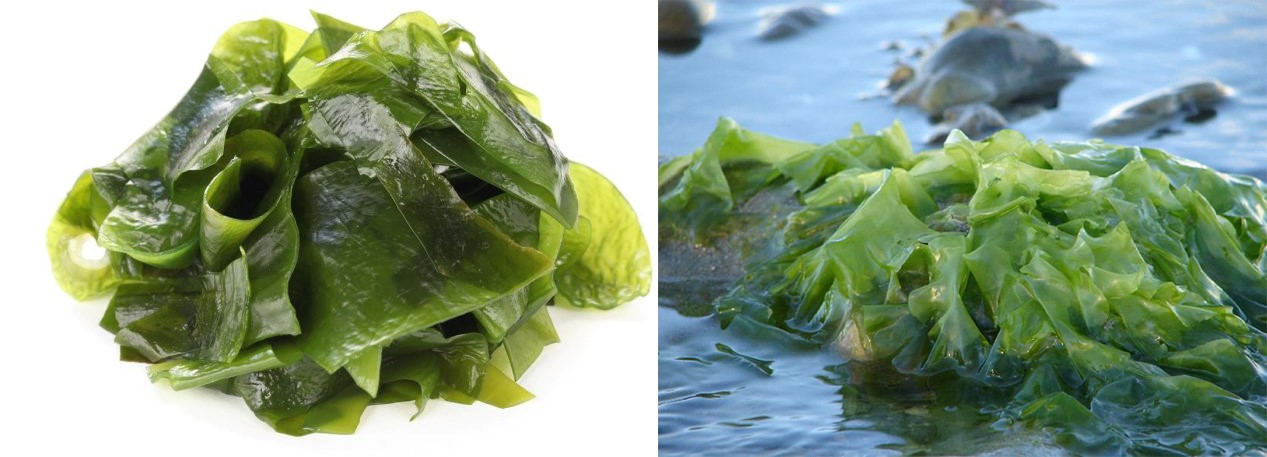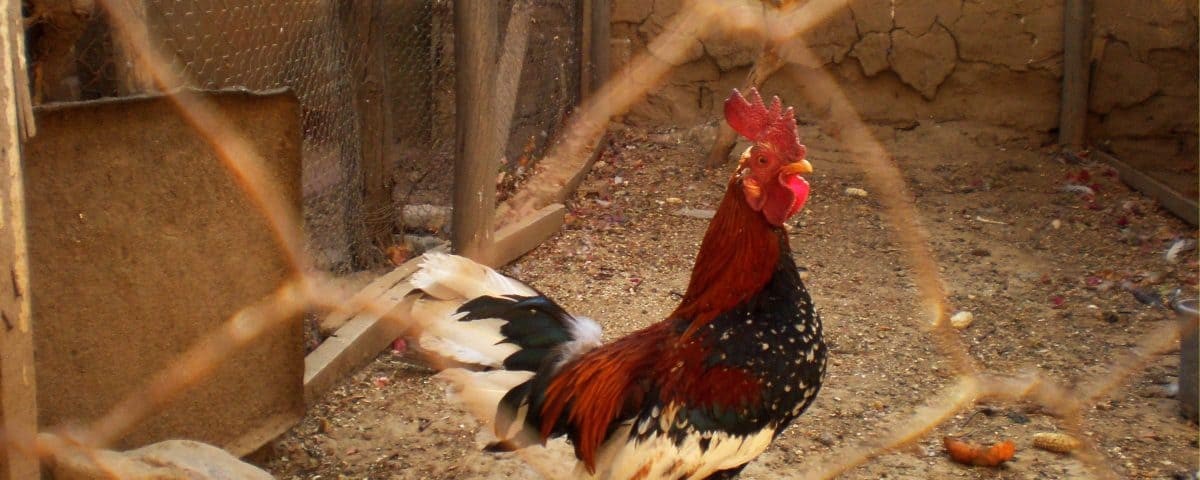In order to meet the increasing demand for human food, the food industry is forced to expand. So in the future, there will be a shortage of protein to feed cattle, poultry, and even seafood. Green seaweed, starfish … is one of the vegetables that provide Vitamin A, which can be used to supplement animal feed, when fishing for the purpose of providing protein to the food industry is not a sustainable way.green seaweed
To address these issues, we need to look for new sustainable protein sources. Green mussels, starfish, and green seaweed are considered to be proteins suitable for future animal feeds.
Starfish
Nutritional constituents in starfish meal
Crude protein content is 38-70%, Ca content is about 20-42% depending on the season, fat content is 9-11% and unsaturated fatty acids are also found in dry matter.
Challenges to the use of starfish feed. Since July 2017, starfish have been accepted by the EU as a feed ingredient for pigs and poultry. Seafish starfish are classified into groups with fish.

In Denmark, starfish were caught for food until the mid-1980s, when there was a problem with TSE on ruminants.
The use of starfish for cattle is not new. Starfish have been introduced into animal feed and several experiments have been conducted to document the effects of poultry.
Unfortunately, due to the limitations of the TSE, it is difficult for the animal feed industry to use starfish because starfish cannot be stored and handled in food-related establishments. For ruminants, although starfish are invertebrates and safe.
Green Mussel
Nutrition Facts in Green Mussel Meal
Green mussel meal has a crude protein content of 58-66%, crude fat of 12-16% and a relatively large amount of fatty acids such as omega-3 (EPA) and docosahexaenoic (DHA) in the raw material. Green mussels also contain β-carotene, lutein A, zeaxanthin, and astaxanthin.
In Denmark, it is possible to produce 15,000 tons of dry mussels every year. Mussel farms must be located in nutrient-rich waters and meet EU aquaculture quality regulations.

Green Mussel can be raised on the flow of the sea, where the larvae naturally grow and cling to strings, plastic tubes or nets in late spring. They contribute to seawater filtration for algae, which can be harvested when the winter comes before the water froze. When harvesting Green Mussel needs processing before preservation.
An experiment in Denmark, which used a mussel farm on 18 hectares, showed an annual yield of 61 tons fresh mussel per hectare. And this mussel removes 600-900 kg of nitrogen (N) and 30-40 kg of phosphorus (P) per hectare of farmland. In addition to removing N and P in seawater, they also play an important role in reducing eutrophication of seawater.
Green seaweed
Seaweed is mainly for human consumption, in the form of fresh seaweed or extracted. The potential of seaweed production depends on the quality of seawater, high salinity, low temperature and clear water for sunlight. These conditions determine annual yields of between 3 and 30 tonnes of fresh weight per hectare.

Asia produces 99% of the 25 million tonnes of fresh seaweed produced annually in the world. In Europe, the largest producer of seaweed is in Norway and France. European seaweed is usually collected manually from natural habitats but can also be cultivated on rope farms, requiring a lot of effort and labor.
Nutritional value of seaweed varies from species to species. Kelp and sea lettuce are considered to have the largest production potential in Danish waters. Seaweed is a brown alga that contains 14-30% ash and has a crude protein content of 7-13% in dry matter. High levels of sodium, potassium, and iodine.
Based on the nutrient content, seaweed generally can be called a protein source. And it is very important that biologically active compounds are taken into account when processing seaweed into final products.
Methods of processing into animal feed
To use green mussels, seaweed and sea as feed ingredients they must be processed.
In Sweden, the work of processing blue mussel powder resulted in a patent for the separation of meat and shell by hydrolysis through intermediates.
When using green mussel for pig food, it is necessary to separate the meat from the shell. Removing the mantle shell by boiling is a universal method for making human food. However, during boiling, there is a risk of both protein and lipid loss. Other processing methods for shelling can be based on physical separation: sedimentation of fresh mussel when crushed or squeezed…
Starfish are not suitable for acid hydrolysis due to their high calcium carbonate content. Fermentation by the use of lactic acid bacteria has a positive effect on the composition of intestinal bacteria. Seaweed is relatively easy to ferment because it contains a lot of carbohydrates.
Dry powder production is a popular method of preservation but still presents great challenges. Starfish and seaweed are very simple to make into dry powder. Mussels are more difficult to handle due to their shells.

Especially in Free Ranger, vitamin A requirements are very necessary, without the Free Ranger will suffer from eye pain or eggs hatch. Consequently, it is possible to supplement vitamin A in green seaweed, green vegetables, by feeding chicken or greening, processing into powder…

